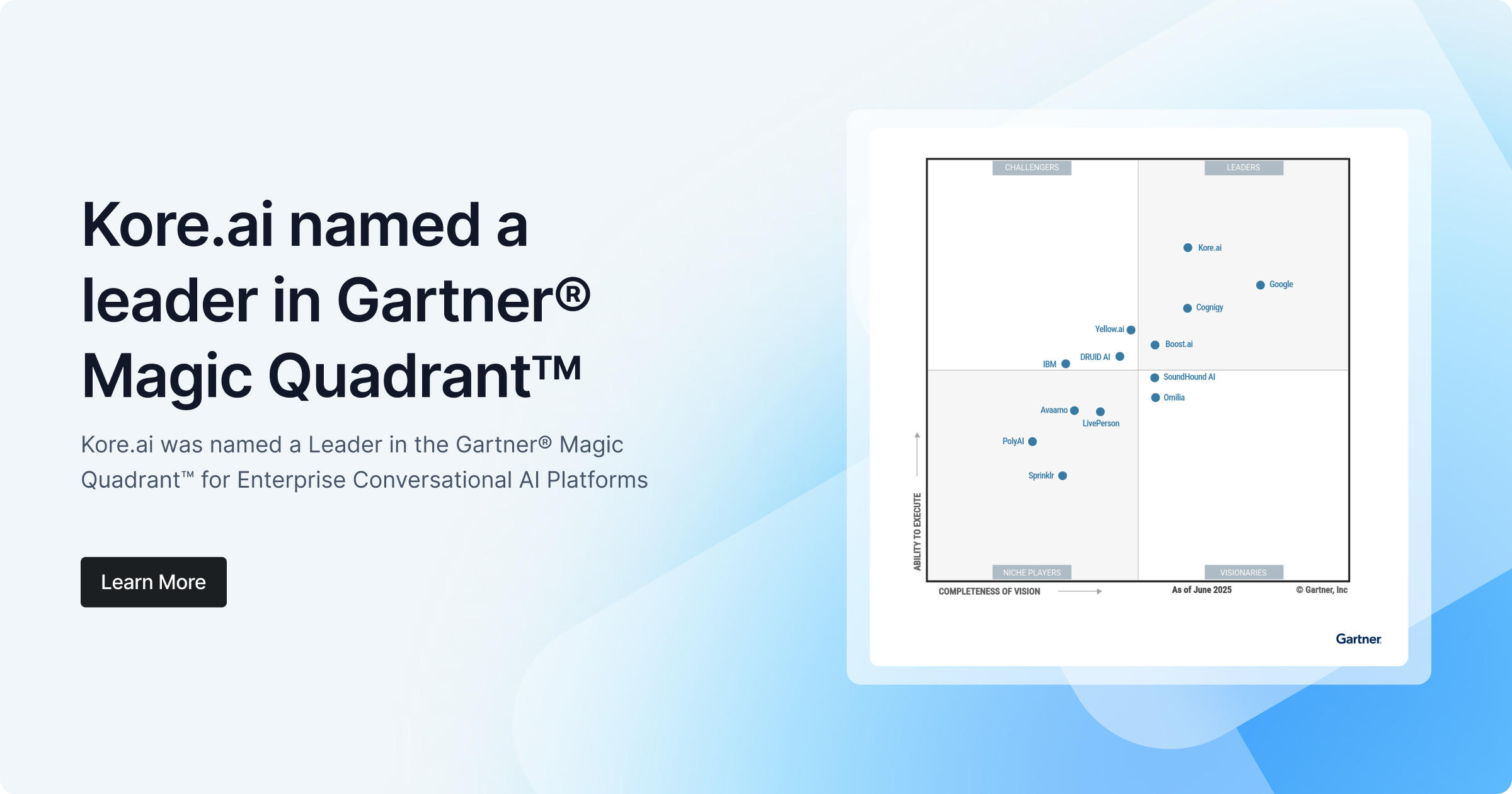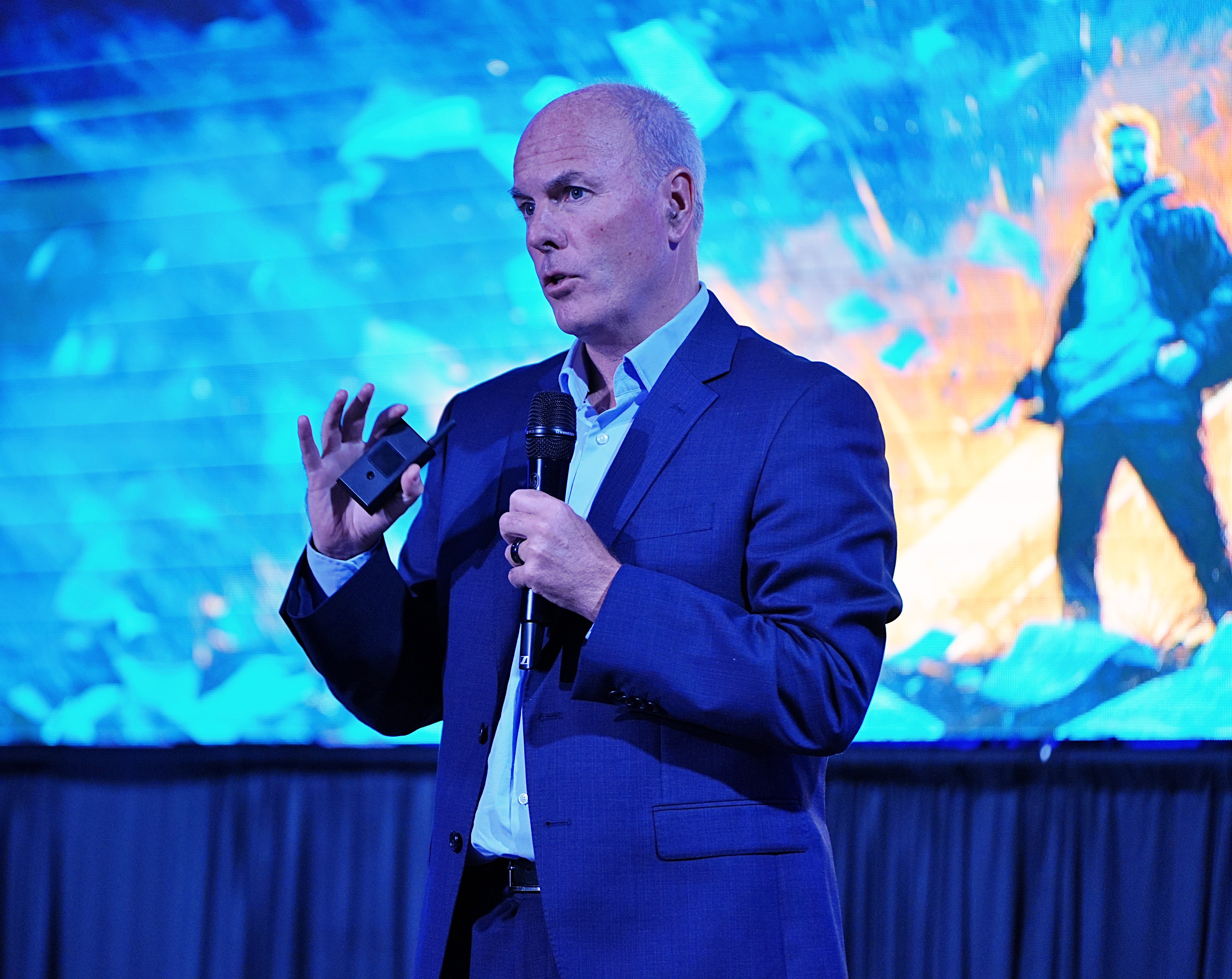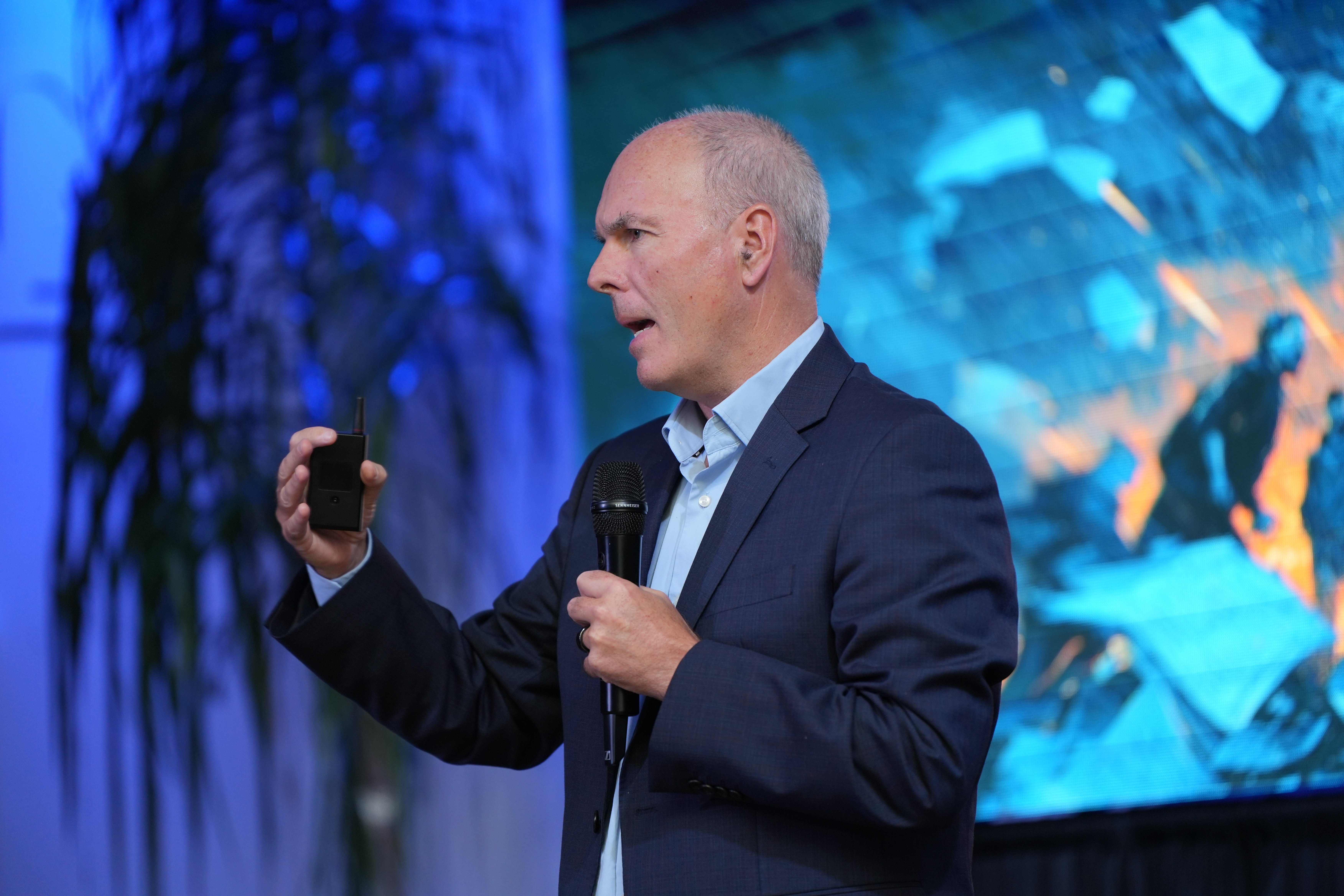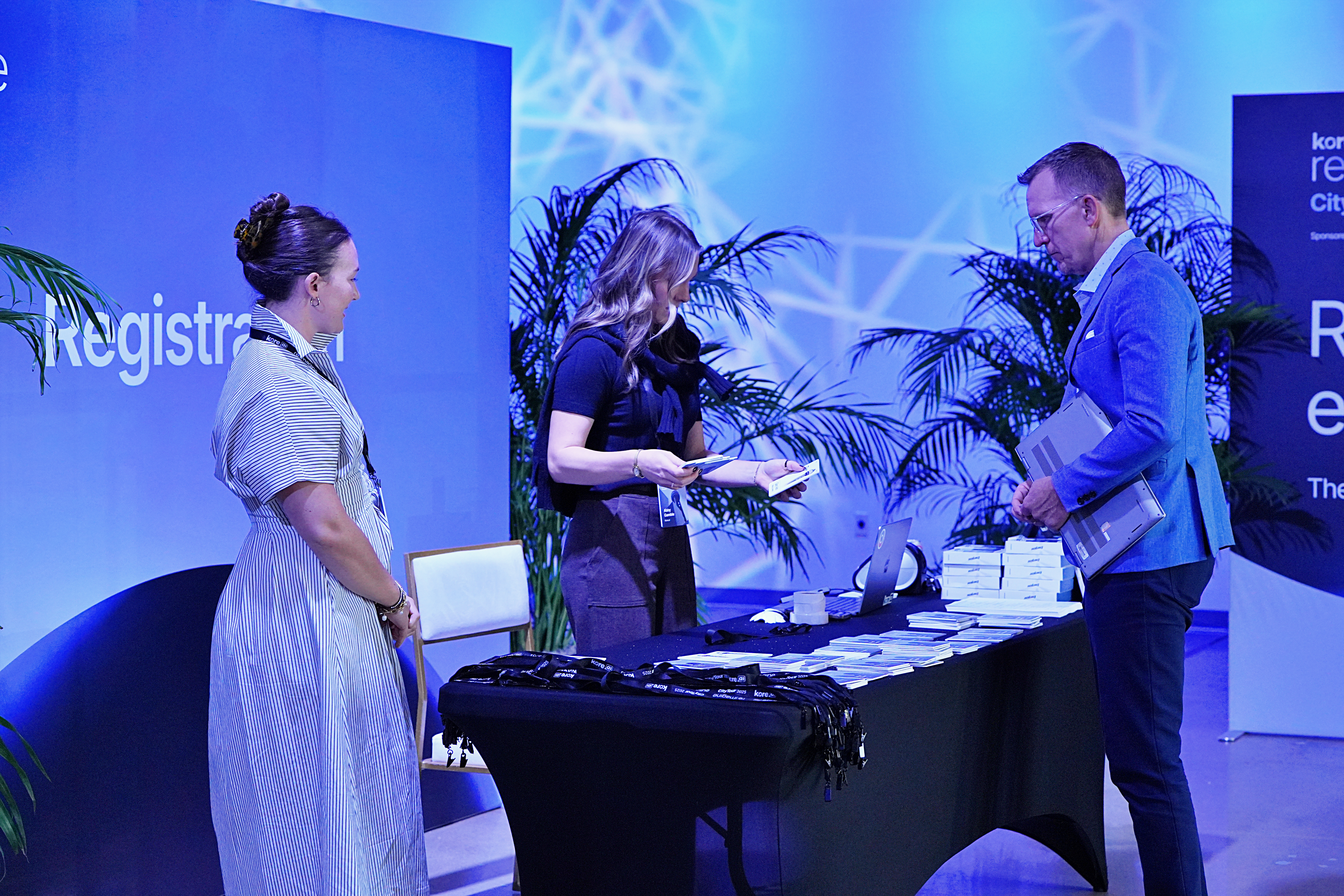We’ve all been there. You’re deep in work when a colleague drops in—“Quick question, how do I export that report again?” Or your manager pings you about the latest PTO policy. These micro-interruptions—let’s call them what they are: time thieves—steal minutes that turn into hours, fragmenting focus and draining energy.
AI is about to eliminate them entirely. And with that, it’s redefining how leaders build connection, context, and culture.
AI assistants now handle the procedural, the repeatable, the “I should know this but I don’t” moments that once required human interaction. Need the expense threshold? Ask AI. Forgot how to update a CRM field? AI explains it instantly—with citations.
It’s a huge efficiency win. But those small, “inefficient” exchanges were also the scaffolding of human relationships at work.
When Every Conversation Has Weight
Here’s the paradox: when AI handles the easy conversations, what’s left are the hard ones.
Performance feedback. Career growth. Conflict resolution. Strategic alignment.
Those low-stakes check-ins weren’t just noise—they were the rhythm of relationship-building. They made it easier to talk about the difficult things. They kept communication warm. When they vanish, we risk entering an era of high-stakes-only management, where every interaction carries tension and every “do you have a minute?” feels loaded.
As leaders, we’re not just losing interruptions—we’re losing context.
The Cost of Losing Casual Context
When the easy questions disappear, several hidden benefits go with them:
-
Rapport Building – Those “quick questions” were relationship deposits. They reminded us that the people we work with are human.
-
Low-Pressure Practice – Junior employees built communication skills through these small exchanges.
-
Early Warning Systems – A casual question often signaled a brewing issue long before it escalated.
-
Shared Context – In-between chatter revealed what people were dealing with—both personally and professionally.
We can’t rely on AI to recreate that texture. We have to design for it.
Designing the New Cadence of Work
This shift introduces a new leadership competency: orchestrating human connection with the same precision we apply to business processes.
For Leaders:
-
Schedule designed spontaneity—recurring, low-stakes interactions that preserve rapport.
-
Use async updates, AI summaries, and short feedback loops to keep context alive.
-
Communicate purpose clearly: “Nothing urgent—just checking in.” This reduces anxiety in a high-stakes environment.
-
Treat emotional intelligence as infrastructure, not instinct.
For Teams:
-
Use AI as a rehearsal space—practice tough conversations before having them.
-
Initiate your own low-stakes touchpoints. Don’t wait for them to happen.
-
Build cross-functional relationships that fill the gaps AI creates.
The Real Leadership Challenge
We’re in a transition period. AI can already handle more than most organizations let it—but humans are still adjusting to the silence it leaves behind.
The efficiency gains are real. But relationships don’t run on efficiency—and trust doesn’t scale with automation.
The organizations that thrive in the AI era won’t be those that eliminate the most human interaction; they’ll be the ones that curate it. They’ll replace accidental connection with intentional design, and volume with value.
The time thieves are gone. What comes next is the deliberate architecture of human connection—where every conversation counts, and every leader learns to make it matter.










